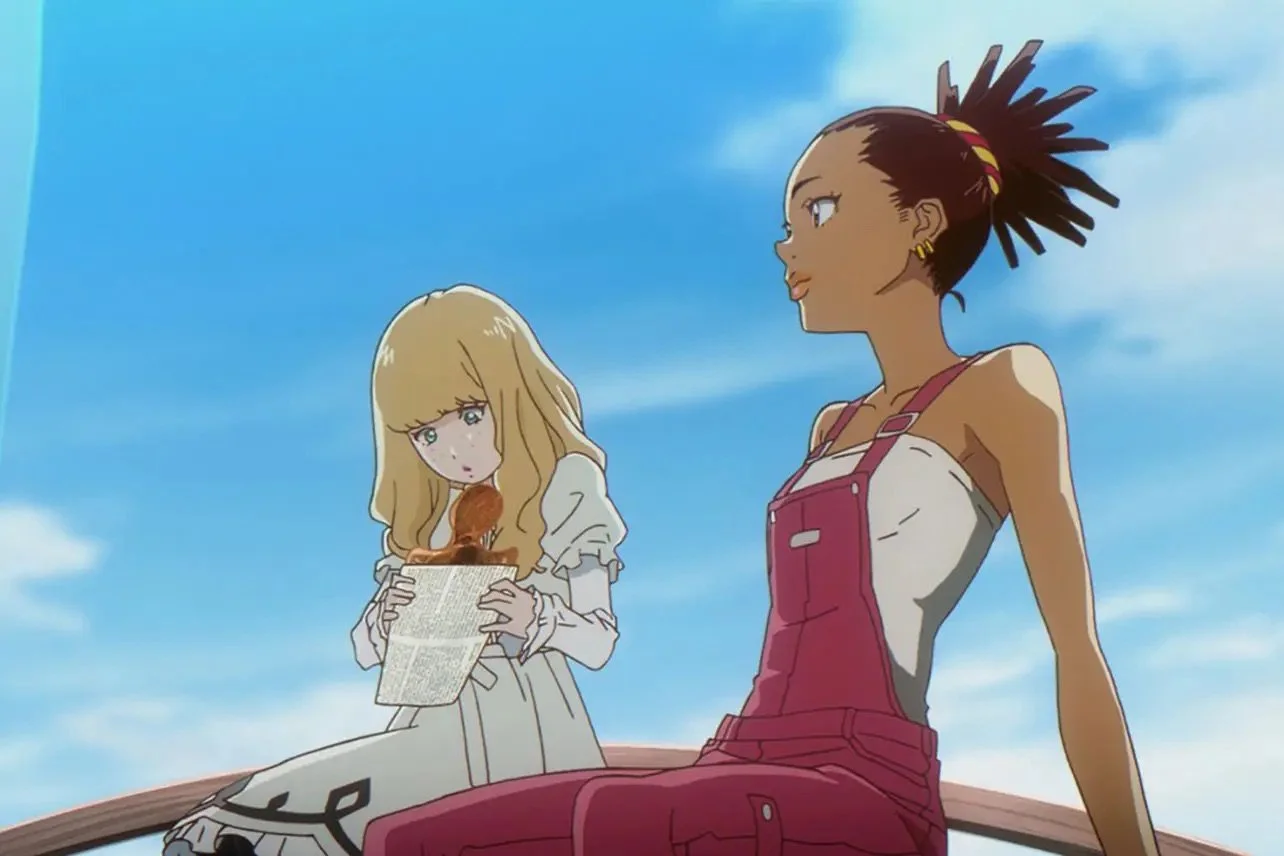The Caucasian Lens of Anime
Anime is one of the most popular forms of Asian media in the world and one of the most popular forms of animation. Many of its stories go into depth on Japanese history and culture, naturally taking place in Japan. Which is why whenever I watch anime, the one question I always find myself asking is, “Why do these characters look so white?”
Well, it isn’t much of a question when the answer is pretty clear. There’s a long-standing trend in anime to make characters appear Caucasian, which has helped them appeal to Western audiences put off by a form of media so focused on Asian culture. It’s unfortunate that a method like this was effective, but anime is far from the first to appeal to Caucasian audiences in such ways. But anime’s popularity has long been established, and its audiences aren’t going anywhere. Still, so many Japanese characters look white.
One of the first things you notice in a character’s design is their hair. This is something done by many anime characters to make them look more Caucasian, especially when that character has blond hair. Take Denji from the hit series “Chainsaw Man,” who has a full head of blonde hair but is from Tokyo. It may be a fictional version of Tokyo infested with demons, but do these demons have the power to make people born with blonde hair? You can’t exactly make the excuse that he dyed his hair either, unless he dyed his eyebrows as well.
Actually, most characters with wildly colored hair seem to be born with it. We often see flashbacks of them when they were children or babies, and they have the same color of hair as they do in the present. This happens even in stories that are meant to be realistic fiction. Why aren’t these characters allowed to have dyed hair?
You could ask the same thing about colored contacts for the many characters with brightly colored eyes. These aren’t realistic shades of eye colors, like hazel or a blue-gray, but vivid neon colors. Again, this applies to characters that are meant to be from the real world, not only fantasy worlds where you could excuse these unnatural traits as being from magic or something similar.
Why does a character like Naruto, with blonde hair and blue eyes, look like the standard Caucasian protagonist used in most books and movies for decades? He may be from a fictional world, but this world is based on Japanese culture, and “Naruto” is a Japanese name. It’s fair to assume he’s meant to be Japanese, even though he doesn’t look like it.
I wonder the same about a character like Deku from “My Hero Academia,” a character who is Japanese but was born with green eyes and hair. So many anime seem determined to have characters born with specifically non-Asian traits. We’re now seeing far more main characters with dark hair and eyes, but that doesn’t take away from the fact that many iconic anime faces don’t even look Asian.
What about anime that takes place outside of Japan? If a story’s setting isn’t a fictional world, like Japan or somewhere else in Asia, most of the time it’ll be in Europe. This actually provides a valid reason for making characters appear Caucasian, but it doesn’t really excuse the lack of people of color. Even anime that takes place in modern times seems to forget that non-Caucasian people exist in Europe.
There are very few brown characters in anime, and when they appear, they either have similar Caucasian traits as described above or are mimicking some sort of stereotype. The Pokemon franchise, for example, has had many dark-skinned characters, going all the way back to Brock in the 90s anime. But a lot of these characters have non-natural hair and eye colors, which, while also applying to characters of other races, sort of makes them look like they’re just really tanned instead of actually brown.
We’re definitely seeing changes, though, specifically in anime created with the help of American and other Western studios. Netflix has licensed and created a lot of anime with main characters who are brown. The thrilling heist anime “The Great Pretender” has characters hailing from all across the world, including its protagonist, who’s Japanese, and another character, who’s Iraqi.
Netflix has created many black anime characters, too. They licensed the English dub of the anime “Carol and Tuesday,” where the titular main character Carol is black. She’s one of the few black anime characters who maintains black traits, including brown eyes and curly brown hair. There’s also the anime “Yasuke,” based on Japan’s first African samurai. But even though the story is meant to be about Yasuke, there’s often more focus on the light-skinned characters around him. Not to mention how the history the anime is based on is overshadowed by the fantasy and sci-fi elements they add.
Overall, though, I think we’re seeing changes for the better. Not every big-name anime protagonist has to look like Naruto. Most anime watchers don’t look like Naruto, so why can’t we make more anime characters that look unique and real? I’m glad we’re seeing an influx of characters who actually look like people of color, and I hope we continue to see this.

